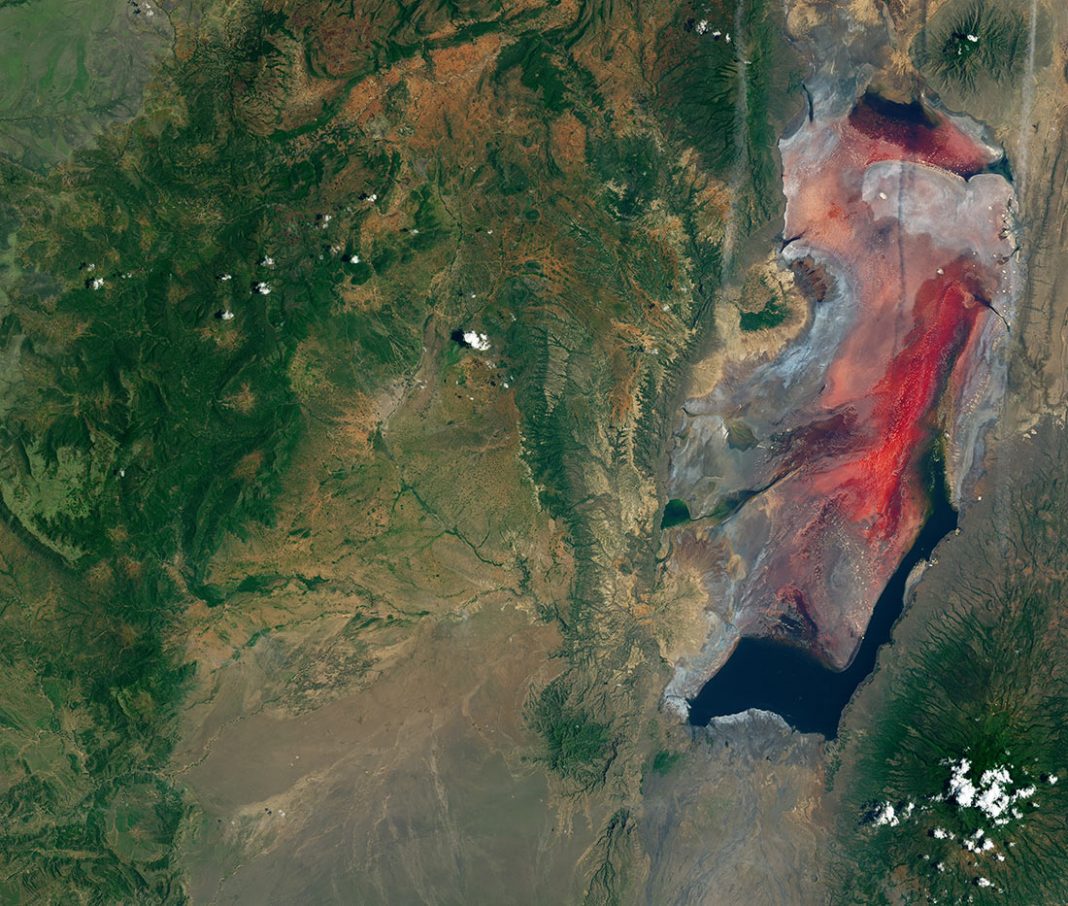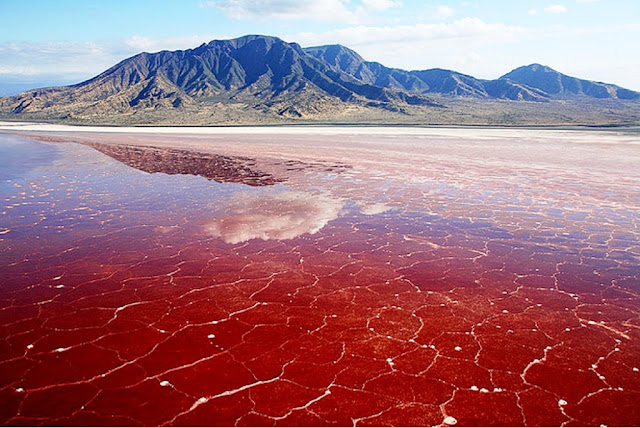
We combine this information with two MT profiles in order to image crustal and upper mantle structures. We have analysed more than a hundred teleseismic events and local seismicity to compute receiver function and local tomography. We present here a work based on a collaborative work between French, American and Tanzanian institutes that started in 2013. Since 2007 different multidisciplinary projects have taken place in this area to address this question. It is thus of prime interest to image the structure of this area to fully understand the role of each factor on the localisation of the current deformation at the surface.

Natron Lake is characterized by a shallow seismicity and present volcanic activity, whereas Manyara area is the location of a deeper seismicity and sparse volcanism. In this region, seismicity and volcanism seem strongly linked to the inherited structures, magmatic intrusion, and tectonic. The North Tanzania part of the East African Rift is the place of an incipient break up of the lithosphere. The North Tanzania Rift seen from multi geophysical tools: link between seismicity and resistivity

The database includes layers for hypsography (topography), hydrography, and infrastructure such as roads and trails. The GIS database is in a Transverse Mercator projection, zone 36, New (1960) Arc datum.
#Lake natron dangerous software
Those who prefer the convenience and access offered by Geographic Information Systems (GIS) may download an electronic database, suitable for most GIS software applications. Six new radiometric ages, by the 40Ar/39Ar method, and 48 new geochemical analyses from Oldonyo Lengai and surrounding volcanic features deepen our understanding of the area. It is here where Oldonyo Lengai, Tanzania’s most active volcano of the past several thousand years, built its edifice. Exposed strata provide a history of volcanism, sedimentation, and faulting that spans 2 million years. The southernmost Lake Natron basin is located along the East African rift zone in northern Tanzania. In this way questions are raised and challenges proposed to future workers. Its goal is to place the new findings into the framework of previous investigations while highlighting gaps in knowledge. A 65-page explanatory pamphlet describes the geologic history of the area.
#Lake natron dangerous pdf
The map sheet can be downloaded in pdf format for online viewing or ready to print (48 inches by 36 inches). The geology of Oldonyo Lengai volcano and the southernmost Lake Natron basin, Tanzania, is presented on this geologic map at scale 1:50,000. Geologic map of Oldonyo Lengai (Oldoinyo Lengai) Volcano and surroundings, Arusha Region, United Republic of Tanzania Rift-normal elevation profiles indicate the focus of strain has migrated away from the border fault into the rift center, where In contrast to Natron, a ~1600 m high, densely vegetated, border fault escarpment along the western edge of the Magadi basin is highly degraded we were unable to identify evidence of recent rupturing. Rift-normal topographic profiles across the Natron basin show the lowest elevations in the lake-filled basin adjacent to the border fault, where a number of hydrothermal springs along the border fault system expel water into the lake.

However, intra-rift faults within ~1 Ma lavas are greatly eroded and fresh scarps are typically absent, implying long recurrence intervals between slip events. Locally, the escarpment shows open fissures and young scarps 10s of meters high and a few kilometers long, implying ongoing border fault activity in this young rift. The ~500 m-high border fault along the western margin of the Natron basin is steep compared to many border faults in the eastern branch of the EAR, indicating limited scarp degradation by mass wasting. We compare the morphologies and activity histories of faults in each basin using field observations and remote sensing in order to address the relative contributions of border faults and intra-rift faults to crustal strain accommodation as rifting progresses. Our study focuses on this transitional phase of continental rifting by exploring the spatial and temporal evolution of faulting in the Natron (border fault initiation at ~3 Ma) and Magadi (~7 Ma) basins of northern Tanzania and southern Kenya, respectively. The timing and nature of the transition from border fault to intra-rift-dominated strain accommodation is unclear. As rifting progresses, strain concentrates into the rift center, producing intra-rift faults. In the early stages of continental rifting, East African Rift (EAR) basins are conventionally depicted as asymmetric basins bounded on one side by a ~100 km-long border fault. The evolving contribution of border faults and intra-rift faults in early-stage East African rifts: insights from the Natron ( Tanzania) and Magadi (Kenya) basins


 0 kommentar(er)
0 kommentar(er)
